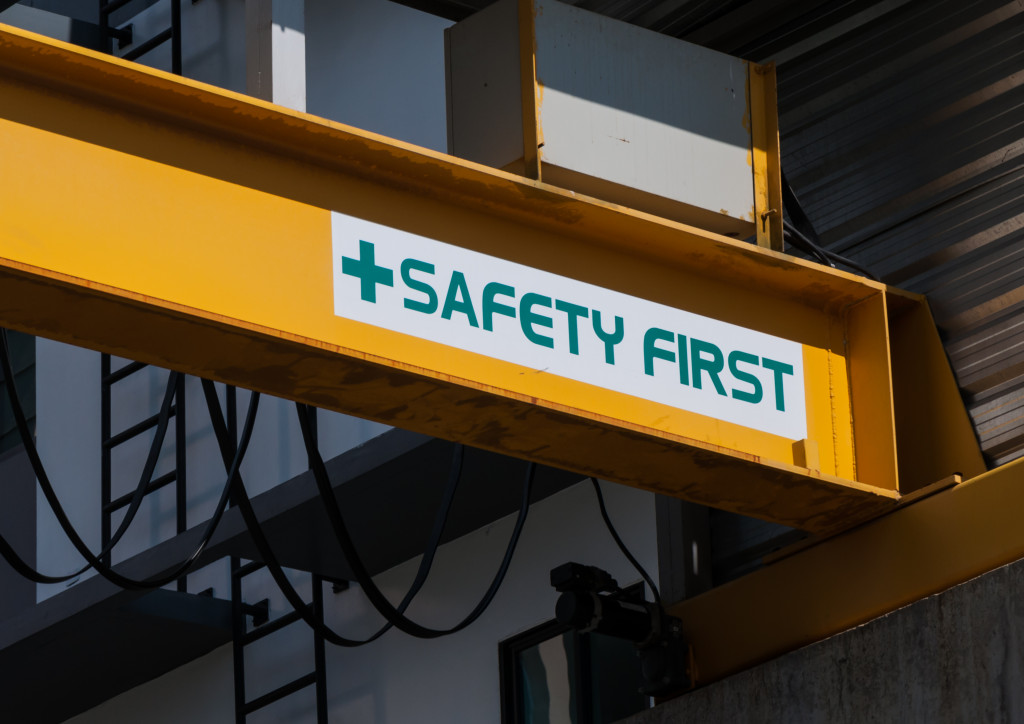- Manufacturing presents physical, chemical, and biological hazards, leading to injuries and fatalities.
- Safety protocols are crucial to maintaining safety on the manufacturing floor.
- Employee training and awareness are necessary to reduce the risk of accidents and injuries.
- Regular equipment inspection and maintenance are vital to prevent accidents caused by faulty equipment.
- Studies show safety training and an effective safety program can reduce injury and illness rates by up to 67%.
Maintaining safety on the manufacturing floor is crucial as it is a hazardous work environment. It presents several potential physical, chemical, and biological hazards that can cause serious injuries, illnesses, or even fatalities. Common risks include slips, trips, falls, ergonomic injuries, electrocution, fire, explosions, and exposure to harmful substances such as chemicals, noise, and radiation.
According to the U.S. Bureau of Labor Statistics, manufacturing is one of the industries with the highest injury and illness rates. Approximately 447,200 injury and illness cases were reported in the manufacturing industry, with 3.3 per 100 full-time workers. The manufacturing industry accounted for 8.5% of all nonfatal occupational injuries and illnesses in private industry. About 35% of these cases resulted in days away from work, job transfer, or restriction.
Ensuring that your manufacturing floor is safe and free of potential hazards is vital. Here are some tips to keep your employees safe on the manufacturing floor:
Safety Protocols

Safety protocols are crucial to maintaining safety on the manufacturing floor, as they provide clear guidelines for employees to follow to prevent accidents and injuries. Here are some of the best safety rules to implement:
Personal Protective Equipment (PPE)
All employees should be provided with and trained on the proper use of personal protective equipment such as hard hats, safety glasses, earplugs or earmuffs, gloves, and safety shoes. Ensuring employees wear the appropriate PPE for their job can significantly reduce the risk of injury.
Hazard Communication
To prevent exposure to hazardous substances, employees should be informed of the dangers involved in their work environment. This includes labeling chemicals properly, providing Safety Data Sheets (SDS), and training employees on the safe handling and disposal of hazardous materials.
Machine Safety
Operating machinery on a manufacturing floor can pose severe hazards to employees. Implementing safety features such as machine guarding, lockout procedures, and regular equipment inspections can reduce the risk of accidents and injuries. You can also invest in a safety light curtain to provide extra protection for workers. Those pieces of equipment are designed to detect any objects or people that enter the hazardous area and immediately shut down the machine.
Emergency Preparedness
Even with the best safety protocols in place, accidents can still happen. It is essential to have a plan for handling emergencies such as fires, chemical spills, and medical emergencies. This includes regular training on emergency procedures and the placement of emergency equipment such as fire extinguishers, first aid kits, and eye wash stations.
Employee Awareness and Safety Training

In addition to safety protocols and equipment, training employees on safety procedures are essential to maintaining a safe manufacturing floor. Without proper training, employees may not be aware of potential hazards or how to protect themselves adequately. This can lead to severe injuries or even fatalities.
Studies have shown that safety training can significantly reduce injury rates in the manufacturing industry. Research from the National Safety Council found that companies with good safety training programs can reduce injury and illness rates by up to 67%. Training reduces the risk of accidents and injuries and helps employees feel more confident and empowered.
In addition to initial safety training, ongoing training and refresher courses are essential to maintaining a safety culture on the manufacturing floor. As new equipment or processes are added, employees should receive training on these changes to ensure they are aware of further hazards or safety procedures. Regular safety meetings and toolbox talks can also help keep safety in mind for employees.
Equipment Maintenance and Repairs
Inspecting and maintaining equipment regularly is crucial to ensure a safe work environment. This includes inspecting machines for any signs of damage or wear and repairing worn parts or equipment. Regular maintenance checks can prevent accidents caused by faulty equipment and help your employees remain safe.
Creating an effective safety program on the manufacturing floor requires diligence and commitment from employers and employees. Implementing these tips can help reduce the risk of workplace injuries, illnesses, or fatalities, ensuring your employees are safe and secure while on the job.
Final Thoughts
Creating a safe and secure manufacturing floor is essential for protecting your employees’ health and well-being. Implementing the correct safety protocols, providing proper training, and investing in the right equipment can significantly reduce the risk of accidents or injuries. With these steps, you can ensure your workers are safe and secure on the manufacturing floor.

